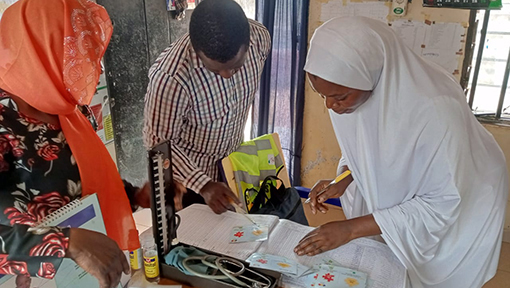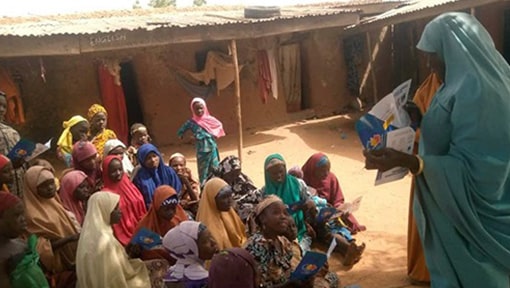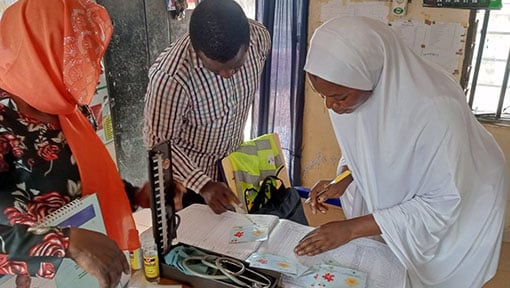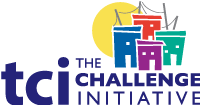Early Adolescence: A Window of Opportunity for Addressing Gender Norms
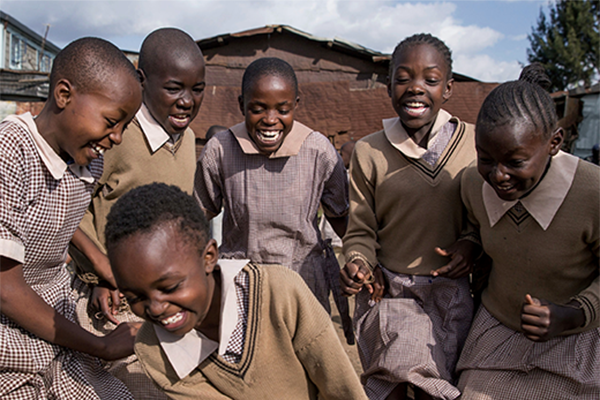
Adolescents take part in a sexual reproductive health awareness raising activity supported by APHRC (African Population and Health Research Center) in Korogocho slum, one of Nairobi’s most populated informal settlements. (Photo by Jonathan Torgovnik/Reportage by Getty Images)
The Challenge Initiative hosted a webinar Feb. 7 featuring Dr. Robert W. Blum, Principle Investigator for the Global Early Adolescent Study (GEAS). The Gendered Lives of Young Adolescents: Early Findings from the GEAS was the second webinar in the Initiative’s “Office Hours” series on adolescent and youth sexual and reproductive health (AYSRH).
Since the launch of its AYSRH program, the Initiative has witnessed overwhelming government and community support for its high-impact interventions aimed at improving adolescent reproductive health, and in particular, reducing teenage pregnancy. Twenty-three local governments are now implementing its proven approaches.
Much of the renewed global interest in this age cohort can be credited to the advocacy of adolescent health experts and new studies that show how critical healthy development during adolescence is for overall population health. The GEAS sheds light on factors influencing the health of young adolescents, ages 10-14, living in urban poverty across 15 sites in five continents.
The main takeaways from Dr. Blum’s presentation and the discussion that followed include:
- Gender norms take hold in early adolescence. Many of the gender norms that influence sexual and reproductive health in adulthood solidify in the early years of adolescence, as girls and boys reach puberty. As a result, this age group offers a window of opportunity for addressing gender norms before they take hold. Due to a variety of factors, adolescents are reaching puberty earlier than ever before, heightening the need to consider sexual and reproductive health (SRH) interventions for young adolescents.
- There is a positive association between agency and communication about SRH. The GEAS developed a framework for measuring empowerment in this age group through three main dimensions: (1) freedom of movement (ability to move autonomously within the environment), (2) voice (ability to express opinions, needs and desires), and (3) decision-making (ability to make decisions that govern daily life) [Figure 1]. Across sites in Kinshasa, DRC; Shanghai, China; and Cuenca, Ecuador; the study found that the ability to make decisions among young adolescents was positively associated with communication with an adult about sexual relationships, pregnancy and contraceptives.
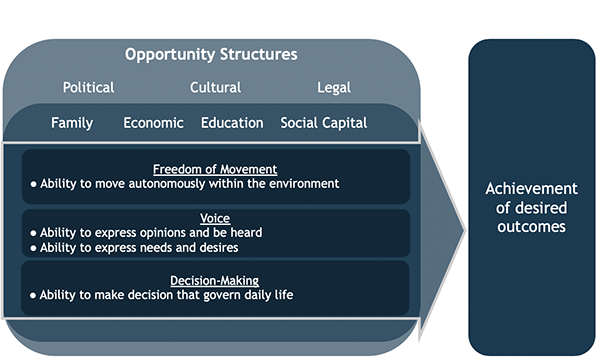
Figure 1: The GEAS Empowerment framework.
- Boys, on average, reported more adverse childhood experiences (ACEs) than girls [Figure 2]. Webinar participants were surprised by this finding, since girls are perceived to be more at risk than boys for sexual abuse and violence. The GEAS also looked at the prevalence of ACEs in young adolescents in low-and-middle income countries and the associations between ACEs and poor health outcomes. In reality, both boys and girls living in urban poverty are at great risk for poor health outcomes as a result of ACEs. In Indonesia, 25% of boys and 15% of girls living in urban poverty report exposure to five or more ACEs.
- Although boys report more ACE exposures over their lifetime, there is a stronger association between ACEs and depressive symptoms in girls. Namely, boys exposed to ACEs are more likely to adopt externalizing behaviors (e.g. become perpetrators of violence), whereas girls are more likely to internalize (e.g. experience depressive symptoms).
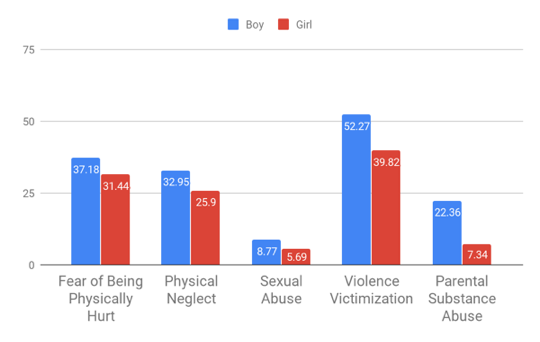
Figure 2: ACEs prevalence by sex.
Public health practitioners that consider the gendered lives of early adolescents when designing SRH programs will be more apt to address the unique barriers each face. Numerous studies, in addition to the GEAS, show that boys cannot be left out of the equation when attempting to improve AYSRH. And although there are stark differences between the GEAS urban sites across the globe, there are many commonalities when it comes to how gender norms impact adolescent development.
If you missed this webinar, you can view the presentation slides and a recording here.

